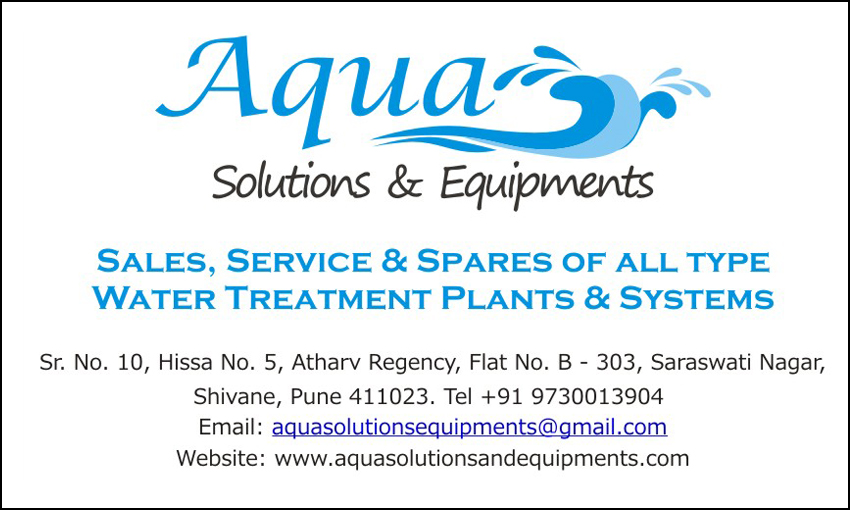Ultra Filteration System
Ultrafiltration (UF) is a membrane filtration process similar to Reverse Osmosis, using hydrostatic pressure to force water through a semi-permeable membrane. The pore size of the ultrafiltration membrane is usually 103-106 Daltons. Ultrafiltration (UF) is a pressure-driven barrier to suspended solids, bacteria, viruses, endotoxins and other pathogens to produce water with very high purity and low silt density.
The main separation mechanism of UF membrane filtration is size exclusion or sieving and the graphic illustrates that UF effectively removes particles in the size range of less than 0.01 to 0.1 mm. Effective removal of these contaminants in a source water results in a filtrate well suited for further treatment by downstream reverse osmosis (RO).
How It Works?
Ultrafiltration uses hollow fibers of membrane material and the feed water flows either inside the shell, or in the lumen of the fibers. Suspended solids and solutes of high molecular weight are retained, while water and low molecular weight solutes pass through the membrane. Ultrafiltration is not fundamentally different from reverse osmosis, microfiltration or nanofiltration, except in terms of the size of the molecules it retains. When strategically combined with other purification technologies in a complete water system, UF is ideal for the removal of colloids, proteins, bacteria, pyrogens, proteins, and macromolecules larger than the membrane pore size from water.
FAQs
Ultrafiltration is the filtration method of choice for people who prefer minerals left in their water but still want microscopic contaminants taken out. A UF system may be selected over an RO system because it wastes less water to the drain. Someone may choose UF in California where water use is regulated. Someone in South Carolina, where the water has few dissolved minerals to begin with, may choose UF since RO wouldn't be necessary. Sometimes, ultrafiltration is used to recycle effluent water after filtration, so the water can be reused for irrigation.
- Endotoxins
- Plastics
- Proteins
- Silica
- Silt
- Smog
- Viruses
- No need for chemicals (coagulants, flocculates, disinfectants, pH adjustment)
- Size-exclusion filtration as opposed to media depth filtration
- Good and constant quality of the treated water in terms of particle and microbial removal
- Process and plant compactness
- Simple automation
- Environmently friendly
- And more…








